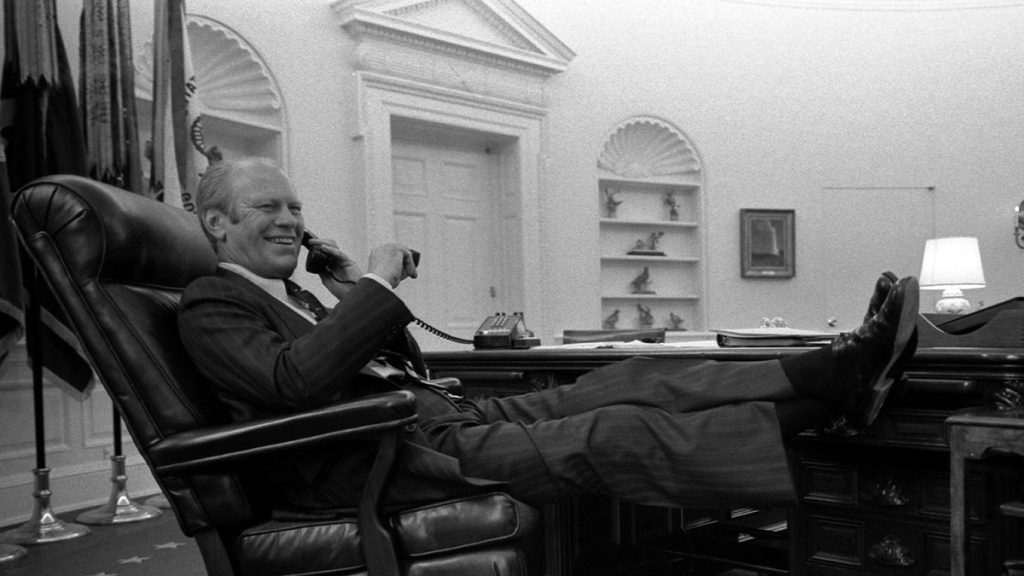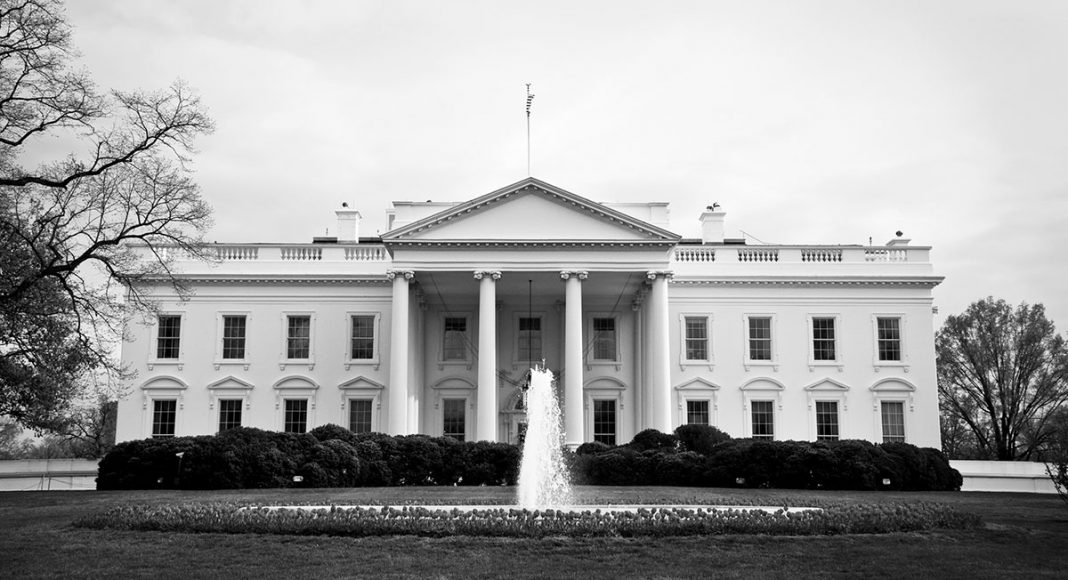George Stigler’s “The Theory of Economic Regulation” was an early application of public choice reasoning to a practical problem—the work of regulatory agencies. It has had a durable impact.
Editor’s note: In 1971, George Stigler published his article “The Theory of Economic Regulation.” To mark the 50-year anniversary of Stigler’s seminal piece, we are launching a series of articles examining his theory’s past, present, and future legacy. The series is part of the Stigler Center’s George Stigler 50 Years Later symposium. An extended version of this piece will appear in Public Choice journal.
George Stigler’s 1971 article “The Theory of Economic Regulation” has influenced economists’ thinking about regulation for 50 years. Above all, Stigler asked the right questions: Why do we (really) have regulation? What can we (realistically) expect it to do? He answered, using public choice logic, with a capture theory of comprehensive scope: the industry acquires regulation and then designs and operates it for its benefit. There are two elements of the original theory that have endured. One is the application of public choice logic to analysis of regulation, and the other is the implication of that logic about the great weight of the industry interest in the implementation of regulation.
Stigler’s application of public choice logic emphasizes the role of organized interests: interest groups who know what their interest is and can overcome barriers to collective action in pursuit of that interest in the political arena. You cannot be politically effective if you do not even know what to ask for. The consumers are a large group with a small per capita stake in any regulatory outcome. They will be “rationally ignorant,” per Anthony Downs: regulatory outcomes are too unimportant for typical consumers to justify the effort of learning about what is at stake. The producer side will have a large stake and so be rationally informed. Then, once we know what is at stake and, therefore, which political actors merit our support, that support will have to be delivered in a form that moves those actors to favor us. This requires collective action—to lobby, to finance political campaigns, to reward with employment in the political afterlife, etc. Stigler draws from Mancur Olson the conclusion that the more compact producer group will be more successful at solving the resulting collective action problem.
Once the rational political actors are confronted by ignorant, unorganized consumers on one side and well informed, organized, and politically effective producers on the other, there is little doubt about who wins the competition:
“… as a rule, regulation is acquired by the industry and is designed and operated primarily for its benefit.”
And so the “capture theory” was born.
That emphasis on interest groups essentially shaped the subsequent development of general theories of regulation for the next two decades. This is most obvious in the Economic Theory of Regulation, which generalized the set of politically relevant interests. It is also evident in theoretical and empirical work that tries to understand what it is within the Stiglerian “black box” that links interest groups to outcomes. The development of general theories of regulation receded in importance as regulatory economics shifted to analysis of specific cases, which is the dominant emphasis today. So Stigler’s article remains a canonical reference for any article that wants to recognize the importance of the industry interest. For example, close to 10 percent of all Google Scholar citations to the article (1,270 of the 13,521 that showed up in an early 2021 search) are from 2019 and later.
However, Stigler’s theory runs into difficulty when applied to the birth (or death) of regulation. Some regulation is plausibly acquired by the industry, but too much cannot be so seen. Instances of industry opposition to new regulations seem too numerous to ignore. To this day, we lack a good theory of regulatory entry and exit. This may be a casualty of the dying out of interest in general theories of regulation.
Capture theory’s main contribution is to the understanding of what happens after a new regulatory initiative is launched. It is not that the new institutions and rulings will be designed solely to maximize industry rents. Soon after Stigler, such “strong form” capture gave way to one of competition and negotiation among varied interests. What endures is that the public choice elements of the capture theory assure that the industry interest will be heard and heeded and that any other interest that is also politically effective will have to organize, articulate, and deliver political pressure. That insight is probably Stigler’s greatest accomplishment in “The Theory of Economic Regulation.”
The Tyranny of Status Quo
The distinction I want to pursue is between the creation (the “acquired” part of Stigler’s famous quote) and the output (design and operation) of regulatory bodies. Even casual history suggests that these often respond to different political forces and interest groups. In particular, the industry often—perhaps mainly —resists the establishment of regulation. The affected industries resisted the consumer reforms of the Progressive Era, the labor reforms of the New Deal, and the social regulation of the 1970s. But, once confronted with the reality of the regulation, the industry interest usually plays a prominent role in what these agencies do.
A common thread in industry resistance to new regulation is a preference for the status quo. That preference is often shared by other politically relevant interests. There is an investment and organizational aspect to collective action. The actors are trying to deal with and influence a specific set of institutions. Over time they learn how to best cope with these institutions. Significant institutional disruption, such as new regulation or substantial change in old regulation (e.g., deregulation) would render this investment in knowledge and skills obsolete. No wonder the investors resist change.
“the status quo exerts a powerful political grip, but when the status quo is no longer viable politically major regulatory change can occur whether or not sought by the regulated industry.”
My lone foray into regulatory policy provides an illustrative story. In 1970-71 I was on the staff of President Nixon’s Council of Economic Advisers. This put me on an interagency committee charged with considering reform of transportation regulation. Our main focus was surface freight, more specifically railroads and common carrier trucking. Both were regulated by the Interstate Commerce Commission, the granddaddy of all independent federal regulatory agencies. Every relevant economic interest was represented on our committee through members from the various federal agencies. Competition and efficiency were represented by the Council, the Department of Justice, and the Office of Management and Budget.
The time for regulatory reform seemed right. The railroads were in financial turmoil. The largest railroad by revenue, the Penn Central, had just filed for bankruptcy. Others in the Northeast and Midwest were headed the same way. Congress created Amtrak to socialize the railroads’ passenger losses, but it was not going to be enough stanch the flow of red ink. These financial difficulties mirrored the unraveling of an intricate system of cross-subsidies financed by rents generated by the regulated price structure. Those rents had disappeared from the railroad industry. The main beneficiaries of the regulation were the truckers and their unionized workers. Overall, there was enormous inefficiency, high prices for shippers and a spreading financial crisis for the railroads. None of this came as a surprise to transportation economists, who had long understood the source of these problems . And we representatives of competition and efficiency were advocating these economists’ solution, which was to allow more competition within and between the trucks and rails.
We seemed to be making slow progress. The political operatives in the White House were generally supportive. Opposition from within our committee appeared to be abating. The main puzzle was the uneven reaction from K Street. The truckers and teamsters were lobbying actively for the status quo, which was unsurprising. But neither the railroads nor the various shippers, who stood to gain from more competition, were actively lobbying for change. So it went until one day I was called to a meeting in the West Wing. The large room was crowded with everyone involved with the project.
The meeting had been called by the Republican Minority Leader of the House of Representatives. He minced no words. We got a stern lecture in applied public choice to explain why transportation reform was a bad idea. Most of the 435 Representatives, he told us, had a few truckers and a teamsters local in their district. He described the vigorous lobbying of these constituents and how this had frightened many of the Members, especially the minority Republicans who might have to take a very tough vote if the administration sent a reform bill to Congress. He was emphatic. Our initiative needed to be killed. And so it was.
Some years later, the late Paul MacAvoy and I conversed about the Council in the 1970s. MacAvoy served on the Council during the Ford administration. He told me that the day he arrived for work, he was called into the Oval Office. President Ford said that he knew the Council was studying transportation deregulation. Ford told MacAvoy to make that project the Council’s highest priority. He wanted to have a Bill on his desk within 18 months. Perhaps you know the rest of this story: Within five years of this meeting, every item on my committee’s 1971 agenda had been enacted into law. The fearsome trucker-teamster lobby had essentially disintegrated, transportation prices declined, and the railroads regained health. Perhaps you also know that President Ford, who deserves credit for re-launching the push for deregulation in 1975, is the same man who had effectively killed it in 1971.

What can account for this volte-face? It is not enough to say “same man, but different job description,” because the President also has to worry about the political welfare of his party’s Congressmen. I would argue for “same man, different times.” The status quo was coming under pressure in 1971, but not enough. All sides could still prefer the devil they knew to the one they knew not. But as the 1970s wore on, the cracks grew wider. Stagflation reared its head. By the time Ford took office, Nixon’s wage and price controls had failed and inflation was accelerating. The ability to point to a major sector with falling prices became politically valuable. The status quo was also becoming more expensive. The Penn Central was nationalized (renamed Conrail) and Congress had to cover the losses on budget. These mounted into the several billions, which was real money in those days. Eventually, Congress decided it had better things to spend those billions on. Once that decision was made the only realistic alternative was to let the railroads shrink into viability and then compete for profitable traffic, which is essentially what regulatory reform did.
The moral of this long story is that the status quo exerts a powerful political grip, but when the status quo is no longer viable politically major regulatory change can occur whether or not sought by the regulated industry. Once the change occurs, however, the public choice calculus of Stigler becomes salient. The industry, perhaps now with different firms and different personnel, will inevitably play a prominent role in shaping the new institutions and policy. The capture theory and the subsequent economic theories do have something to say about institutional change. But the failure of these theories to distinguish change from operation is a significant limitation.






